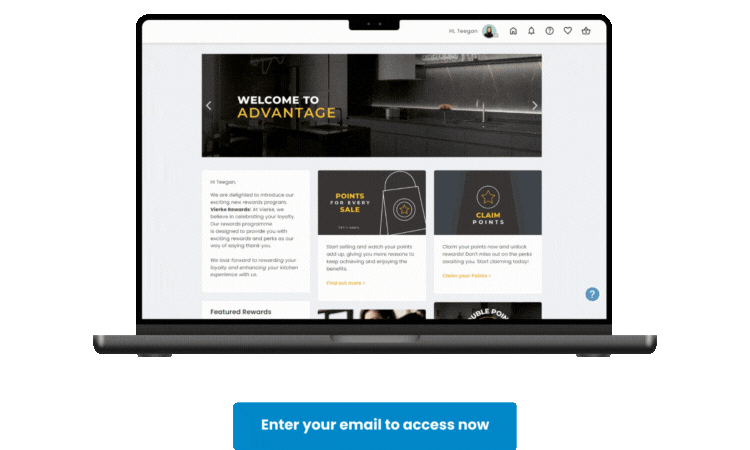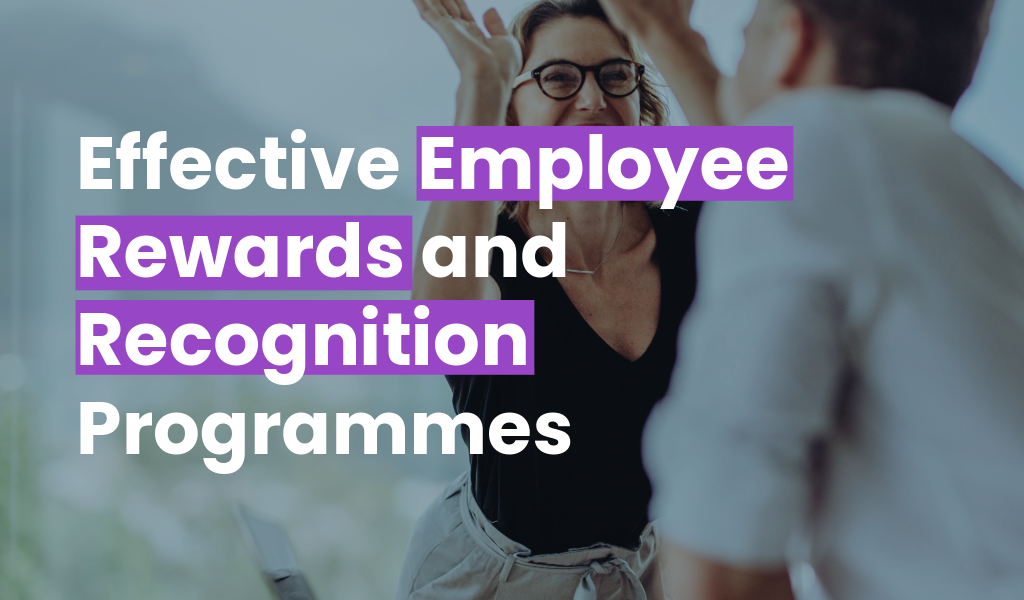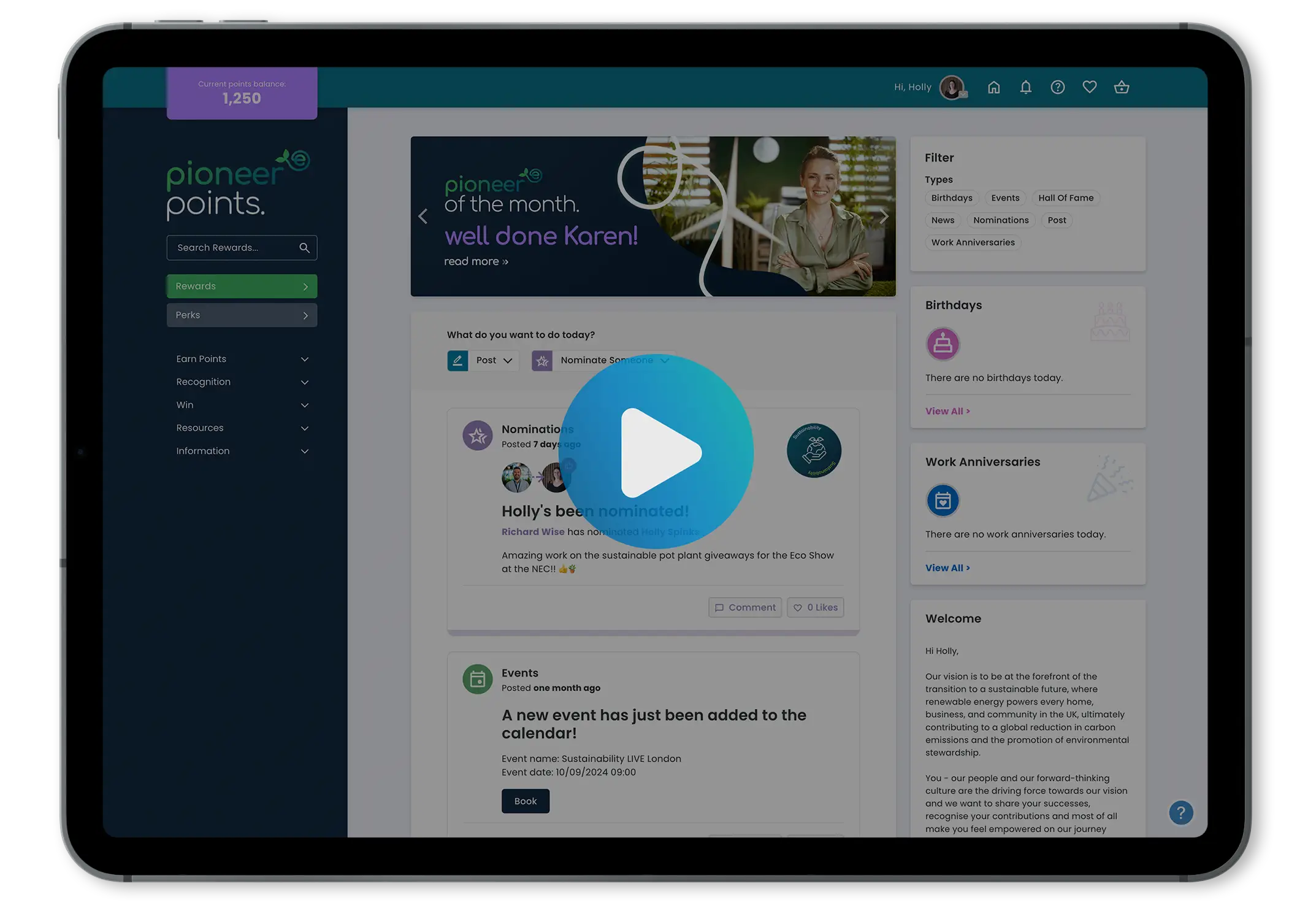


When businesses start reviewing their finances, particularly during an economic downturn, marketing activities can sometimes be classified as expenses. In fact, Forbes reported that the proportion of company revenue allocated to marketing was cut almost in half, from an average of 11% in 2020 to just 6% in 2021.
There’s no argument that core operational costs like production, rent and wages should be prioritised in order to keep your business functional, but entirely seizing your marketing efforts may do more harm than good. By not understanding the metrics or clearly seeing the ROI, companies may fail to spot the opportunities that marketing creates, prompting swift and heavy-handed decisions that will have a long term effect on business.
What will a cut to your marketing budget impact?
In a highly competitive market, the first casualty of a reduction in marketing investment will be your market share. Competitors will continue advertising and promoting their goods and services, gaining more visibility and connecting with the customers that you can no longer reach.
If your business is still growing, you’ll find it increasingly harder to attract new leads and get your audience’s attention as your efforts will always be outperformed by those who have active and relevant campaigns.
Where could your marketing spend go?
Instead of completely cutting your budget, you may decide to reduce it. The question that arises here is “where can I get the most marketing ROI?”
Engaging your audience will still be your number one priority; you may just have to shift the focus a bit or look at different ways to sustain your efforts during a leaner financial period. Staying competitive and commercially relevant should take precedence.
Luckily, there are some low-cost strategies you can use to leverage organic SEO and keep your audiences engaged.
 Content marketing
Content marketing
You’re a fountain of knowledge when it comes to your industry and your brand. Leverage that information by presenting it as well packaged, digestible content – think videos, blogs and podcasts. The most effective marketers allocate 39% of their marketing budget to content marketing, with good reason – 72% of marketers say content marketing increases engagement.
Since 1.8 billion people worldwide are now purchasing goods online, it makes sense to invest in digital content that helps customers make informed purchasing decisions. This not only speeds up your sales process but ensures that you continue to attract customers who align with your target buyer.
 Customer loyalty programme
Customer loyalty programme
The goal of a customer loyalty programme is to reinforce positive behaviour from customers and to build long-term relationships. It’s important to keep rewarding loyalty to sustain repeat purchases and continue engaging your customers. It makes sense to keep your loyalty programme as you’re only paying for successes and creating more opportunities to upsell.
A good customer loyalty programme should not just be about rewarding behaviours, however; it should also be about forming a stronger bond with your customers through two-way communication and education. In tough times, this focused channel of communication is a great way to cut through competitor noise. Your programme should build value and trust in your brand, which protects you from the short-term promotional activity your competitors will rely on to tempt away your customers.
 Advertising
Advertising
The most successful companies spend 21% more of their marketing budget on advertising. This includes social, mobile and display advertising. An effective advertising campaign strategy will help you increase sales and build awareness. The key is to ensure that you are targeting the right keywords and audiences and continuously testing and improving your campaigns so that you’re not losing opportunities or spending unnecessarily.
During tough economic times, you may also find that some target keywords become more affordable as competitors drop out of the race, allowing you to capitalise on their availability and position your business higher up in the search engine rankings. What’s more, remaining visible and available to customers can project an image of stability, boosting confidence in your brand and helping to sway purchasing decisions in your favour.
Customers are more likely to be on the hunt for good deals during tough times; use this opportunity to adjust your advertising message and offer short-term price incentives to match their budgets. Amazon saw a 28% increase in sales during the 2009 recession by continuing to innovate and offer lower-cost alternatives to price-sensitive customers.
What it means to customer loyalty
It’s a well-known fact that it costs less to keep existing customers than it does to acquire new ones… And existing customers spend 31% more when compared to new customers. To keep these figures up, you should optimise your online channels and remain a reliable and credible source of information and support to your customers.
Consistent communication is a crucial element in maintaining engagement. By cutting your marketing budget, a great deal of the personalisation that helps to keep customers loyal to your company goes out the window. Sending thank-yous, product updates, and offers plays a huge role in boosting sales and encouraging customers to return in the future.
One of the critical activities that marketing undertakes is generating attention and engagement for your brand. By limiting your marketing capabilities, customer loyalty will be significantly affected. With little to no effort going into promotion and sales activities, customers will lose interest and doubt the ability of your business to offer support in the long term. What’s more, marketing helps to ensure that you are always targeting the right audience and not wasting time and resources casting your net too wide or in the wrong direction. Such steps could discredit your company and result in even more financial losses. Focussing on customer loyalty through your marketing efforts will help you to weather any impending storms and position your company for future growth.
If you’re keen to learn more about how a loyalty programme can help maintain customer loyalty and improve the overall experience you provide to your buyers get in touch for a free demo.








